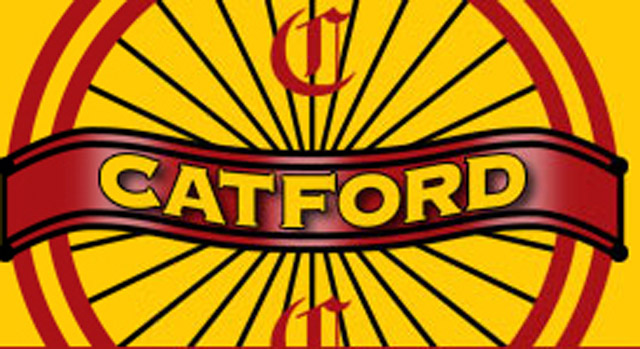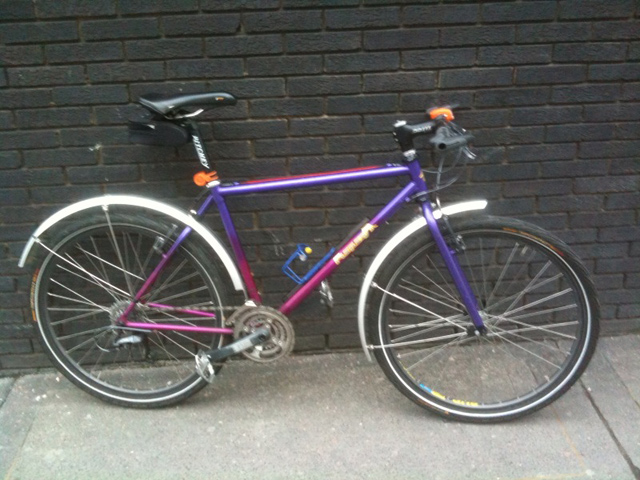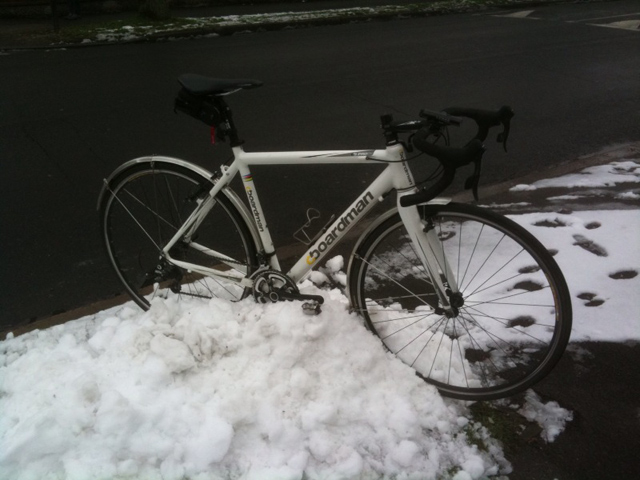
Cyril, my 1932 Raleigh Record, may well be the perfect pub bike. The old iron certainly fulfils that role provided the pub is not too far from home. As a treat, it gets the occasional longer outing which, in the six years since we did the Eroica, has meant a biennial commute. The ride to work earlier this week was the second such…
Of course, riding vintage bikes is a popular pastime with members of organisations such as the Veteran Cycle Club, but it is rarely done for mere utility. Not surprising, really, since modern machinery is generally much better suited to day-to-day riding.
No really, it is. Not because Cyril is unreliable. The 200-odd kilometers of the Eroica, 110 of them strada bianca, went without incident and the all-steel machine has needed no attention since beyond that to a slightly slack Constrictor pedal bearing. The meaty Schwalbe roadster tyres stay hard for weeks and are – so far – impervious to poor British roadbuilding.
No, the difference lies elsewhere. It is occasionally said of riding vintage cycles and motorcycles that they allow the rider to go back in time and experience the sensations of an earlier age. Well, up to a point. The problem is that these sensations cannot be those of an earlier age since we know what modern cycles can be. And, since with the notable exception of Pashley’s Guv’nor, modern bikes of all descriptions boast modern geometry, geometry is where the real difference is to be found.
Cyril is not uncomfortable; with a well-softened Brooks B17 Standard saddle and relaxed angles, the ride is cosseting and even comforting. The handlebars are a little close and only offer one real hand position, but ignore the small, ridged grips and they are fine even after hours in the saddle. Provided, that is, you don’t want to get out of it, because you can’t. Not without the bike wandering drunkenly over the road, anyway.
Back when this bike was built, “honking” or riding out of the saddle was frowned upon by British cyclists as a Continental habit not to be adopted. It may even have been possible to get thrown out of a cycling club if caught doing so. Either way, Cyril’s steering geometry could not be better conceived to deter the practice.
This not only hinders hill-climbing, but makes traffic-light getwaways a sluggish affair. Rapid acceleration – as far as it is possible at all – is only worth attempting from an already decent lick. The rider of 1932 setting off from his local Raleigh dealer can have known nothing of attacking steep gradients with a burst out-of-the-saddle, whereas today’s retro rider can think of little else when that gradient looms. The brake, with leather strips in the blocks, is rubbish, too.
There is, of course, the odd moment when Cyril flies along beautifully. Then and there, provided there’s no motor traffic about, it isn’t too hard to conclude that cyclists of the 1930s must have been pretty happy with their machines. I quite like riding one of them now – just occasionally.





